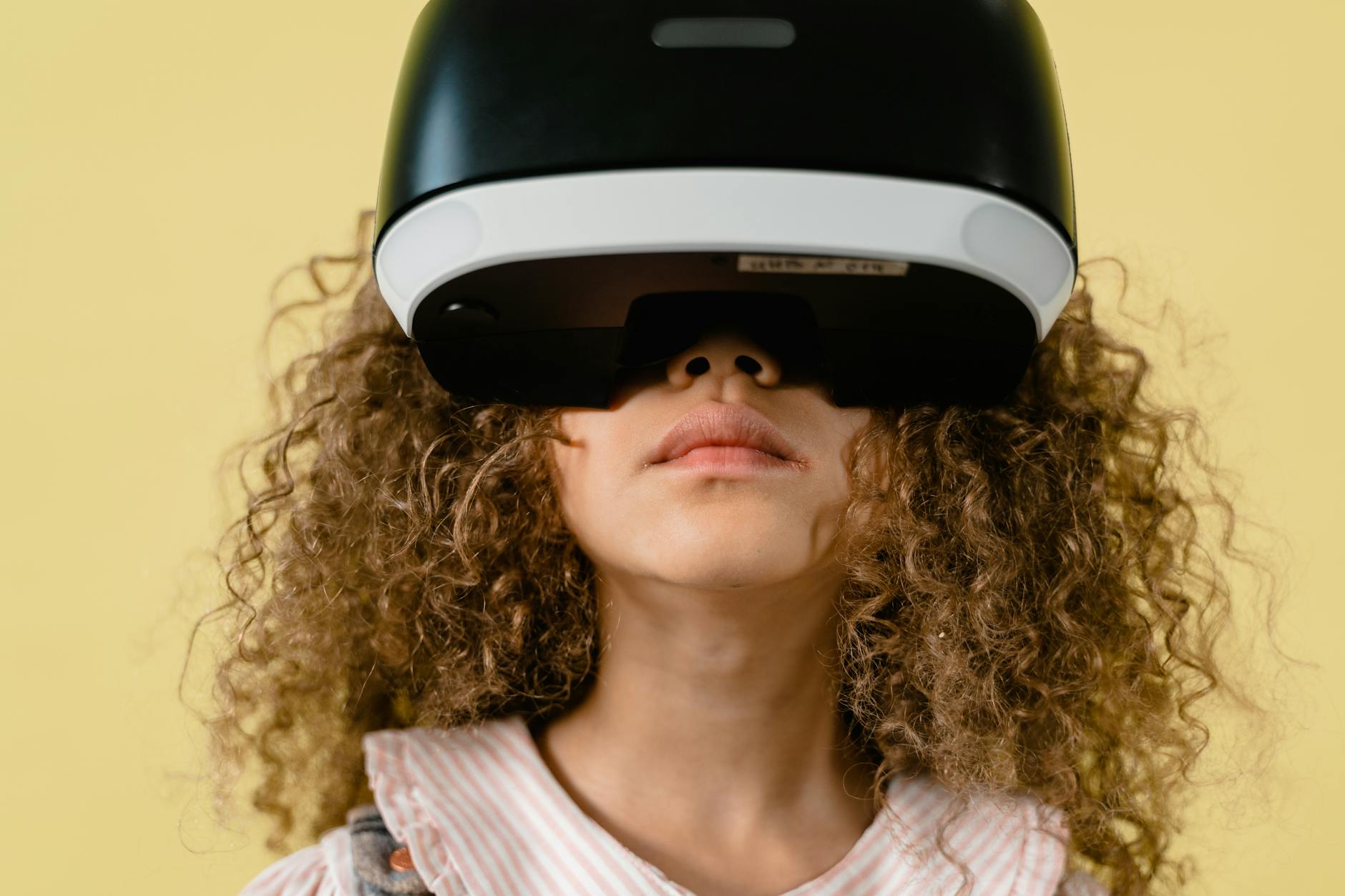
Introduction
In the rapidly evolving landscape of education, technology serves as a powerful catalyst
for change. As we delve deeper into the digital age, classrooms are transforming from traditional
chalk-and-talk spaces to dynamic, interactive learning environments. This shift is not merely a trend
but a fundamental reimagining of how knowledge is imparted and absorbed.
This article explores the profound impact of technology on modern education, highlighting key
innovations and their implications for students, teachers, and institutions alike. By examining
these advancements, readers will gain insight into how technology enhances learning, fosters
collaboration, and prepares students for the challenges of the future.
Join us as we uncover the role of digital tools, explore the benefits of e-learning, and discuss
the challenges faced by educators in this brave new world. Together, we will discover how technology
is not just shaping education but revolutionizing it.
Step 1: Integrating Digital Tools in the Classroom

The integration of digital tools in the classroom is reshaping how educators approach teaching. Tablets, apps, and educational software offer new avenues for customizing and enhancing the learning experience. These tools provide interactive and engaging content that caters to diverse learning styles, allowing students to learn at their own pace and in ways that resonate best with them.
For instance, tablets enable students to access a wealth of information at their fingertips, transforming the traditional textbook into a multimedia learning platform. Apps like Khan Academy provide targeted lessons in various subjects, making learning more accessible and tailored to individual needs. Meanwhile, educational software programs offer simulations and virtual labs that bring complex concepts to life, fostering a deeper understanding of the material.
By incorporating these digital tools into their teaching methods, educators can create a more interactive and engaging classroom environment. This not only boosts student motivation but also encourages active participation, critical thinking, and collaboration, thereby enriching the overall educational experience.
Step 2: Leveraging Online Resources

The digital age has unlocked an abundance of online resources that extend learning far beyond the confines of the traditional classroom. Massive Open Online Courses (MOOCs), platforms like Coursera and edX, and e-books provide students and educators with opportunities to explore new subjects and deepen their understanding of course material.
These resources offer flexibility and convenience, allowing learners to access quality education from top universities and institutions around the world. MOOCs, for example, enable students to enroll in courses that are otherwise unavailable at their schools, broadening their academic horizons. Educational platforms offer a variety of interactive courses, often with forums and community support, fostering a collaborative learning environment.
Furthermore, e-books provide an affordable and portable alternative to physical textbooks, granting students instant access to a vast library of information. By leveraging these online resources, educators can supplement their teaching with a rich array of content, while students gain the freedom to pursue knowledge at their own pace and according to their interests.
Step 3: Utilizing Virtual Reality and Augmented Reality

Virtual Reality (VR) and Augmented Reality (AR) are emerging technologies that hold the potential to revolutionize education by creating immersive learning experiences. These tools allow students to explore complex subjects in a highly engaging and interactive manner, making abstract concepts more tangible and understandable.
With VR, students can embark on virtual field trips to historical sites, explore the depths of the ocean, or even travel through the human body, all from the comfort of their classroom. This immersion provides a unique perspective that traditional methods may fail to deliver. AR, on the other hand, overlays digital information onto the real world, enhancing lessons with 3D models and interactive visualizations that can be manipulated and examined in real-time.
By integrating VR and AR into their curricula, educators can captivate students’ attention and foster a deeper connection with the material. These technologies not only make learning more enjoyable but also help in developing critical thinking and problem-solving skills by encouraging students to interact with content in innovative ways.
Step 4: Implementing Artificial Intelligence in Education

Artificial Intelligence (AI) is making significant strides in personalizing and streamlining the educational experience. By harnessing AI, educators can tailor learning experiences to meet the individual needs of each student, ensuring that every learner receives the support they require to succeed. AI-driven platforms can analyze students’ performance and learning styles, offering personalized feedback and adaptive learning paths that enhance understanding and retention.
Beyond personalization, AI automates a variety of administrative tasks, freeing educators to focus more on teaching and less on paperwork. Tasks such as grading, scheduling, and resource allocation can be efficiently managed by AI systems, increasing productivity and reducing human error. Moreover, AI provides data-driven insights that help educators identify trends, assess student progress, and make informed decisions about instructional strategies.
The implementation of AI in education not only optimizes the learning process but also empowers educators with the tools to create a more inclusive and effective learning environment. As AI continues to evolve, its role in education is set to expand, offering even more innovative solutions to the challenges faced by modern educators.
Step 5: Fostering Collaboration Through Technology

Technology plays a pivotal role in enhancing collaboration and communication in education. With the advent of video conferencing tools like Zoom and Microsoft Teams, geographical barriers have been effectively dismantled, allowing students and educators to connect and collaborate in real-time, regardless of location.
These platforms facilitate virtual classrooms, group discussions, and one-on-one mentorship sessions, promoting a sense of community and engagement among participants. Moreover, collaborative software such as Google Docs and Trello enables students to work together on projects, share ideas, and provide feedback, fostering teamwork and enhancing problem-solving skills.
By integrating these technologies into the educational framework, schools can create versatile learning environments that encourage student interaction and cooperation. This not only enriches the learning experience but also prepares students for the collaborative nature of the modern workplace. As technology continues to evolve, its ability to connect and unite learners will undoubtedly shape the future of education.
Conclusion
In conclusion, technology is revolutionizing education by integrating digital tools, leveraging online resources, and utilizing immersive technologies such as VR and AI. These advancements are not only enhancing the learning experience but also fostering collaboration and personalization. As educators and institutions continue to embrace these innovations, it’s essential to remain adaptable and open to new possibilities.
To effectively implement technology in education, schools should invest in training for educators and infrastructure upgrades. By doing so, they can fully harness the potential of technology to create engaging, inclusive, and efficient learning environments. Let us embrace this digital transformation and work together to shape a brighter future for education.





